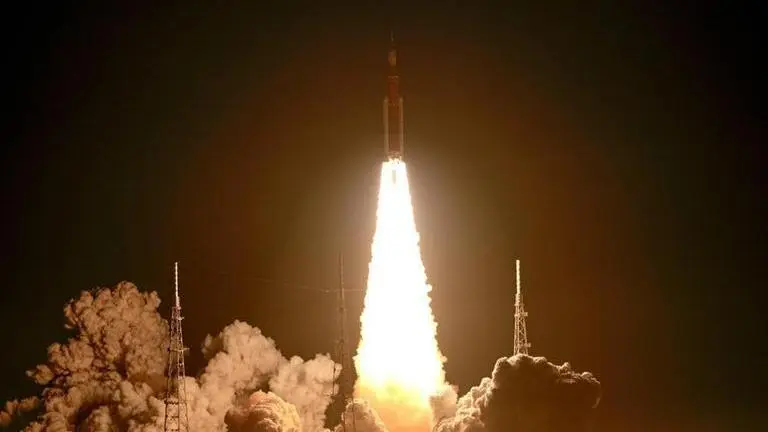Updated 9 March 2023 at 18:11 IST
NASA reveals why Artemis I suffered damages as it gears up for next launch; Details here
NASA is hailing the success of its Artemis I mission, which saw the agency's new moon-ship return to Earth after its maiden voyage.
- Science News
- 2 min read

NASA is hailing the success of its Artemis I mission, which saw the agency's new moon-ship return to Earth after its maiden voyage. However, while engineers sift through terabytes of data gathered during the mission, they have uncovered significant hardware issues that must be addressed before human astronauts can safely be launched into orbit. These issues include damage to the mobile launcher, which is the Space Launch System rocket's platform, and the heat shield of the Orion spacecraft. The spacecraft was damaged as it descended to Earth, as per a report from Mashable.
Our teams are doing a fantastic job analyzing our #Artemis I data. We had a successful flight test, and we’re digging deeper where findings differed from our predictions. Our Artemis II preparations are progressing with crew safety as a top priority. https://t.co/0LzbAGrJyJ pic.twitter.com/n9N0vyK6BA
— Jim Free (@JimFree) March 7, 2023
Speaking to reporters, Jim Free, NASA's associate administrator of exploration systems development, stressed the importance of understanding the risks associated with the mission and ensuring that the vehicle's performance is thoroughly vetted moving forward. NASA achieved a major milestone on November 16, 2022, with the successful launch of the Artemis I mission. The mission marked the first deep space flight of a capsule designed to transport astronauts in over 50 years.
No astronauts were aboard
The uncrewed Orion spacecraft traveled more than a quarter-million miles from Earth, including a 40,000-mile loop around the moon, on a 25.5-day journey to test various orbits. On December 11, 2022, the spacecraft splashed down in the Pacific Ocean off the Baja California peninsula of Mexico, having logged 1.4 million miles in total.
While no astronauts were aboard Orion for the test flight, it paved the way for up to four crew members to fly on the next mission, Artemis II. As part of its moon-to-Mars program, NASA aims to eventually construct a lunar-orbiting base and send the first woman and person of color to walk on the moon. The agency also plans to conduct research and collect samples on the lunar surface, while simultaneously keeping an eye on the red planet, which is approximately 100 million miles away.
Advertisement
Published By : Digital Desk
Published On: 9 March 2023 at 18:11 IST
